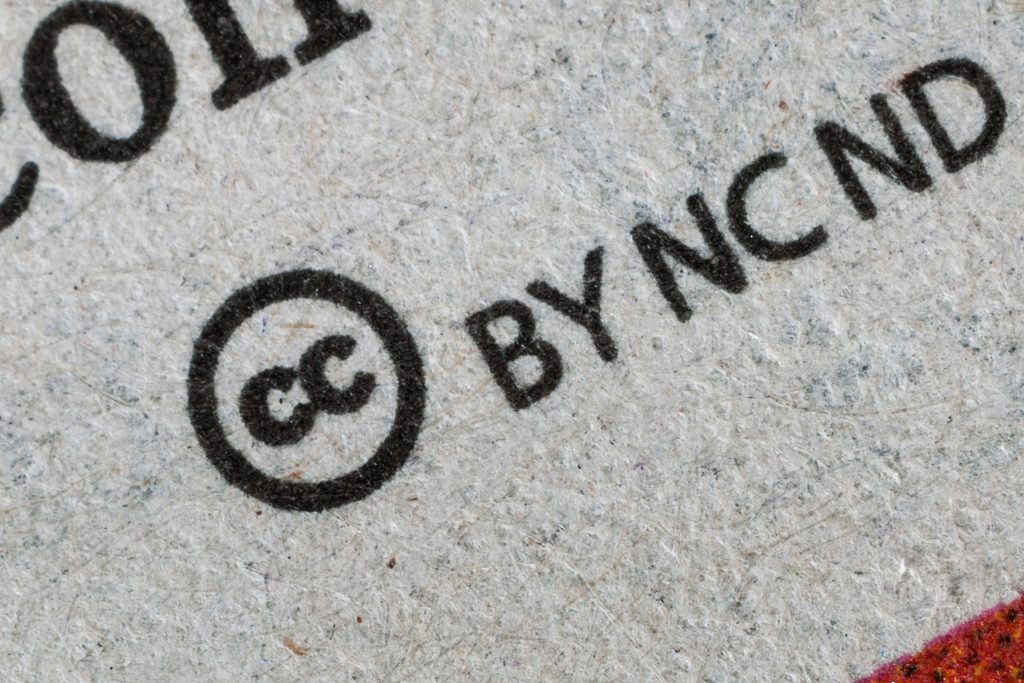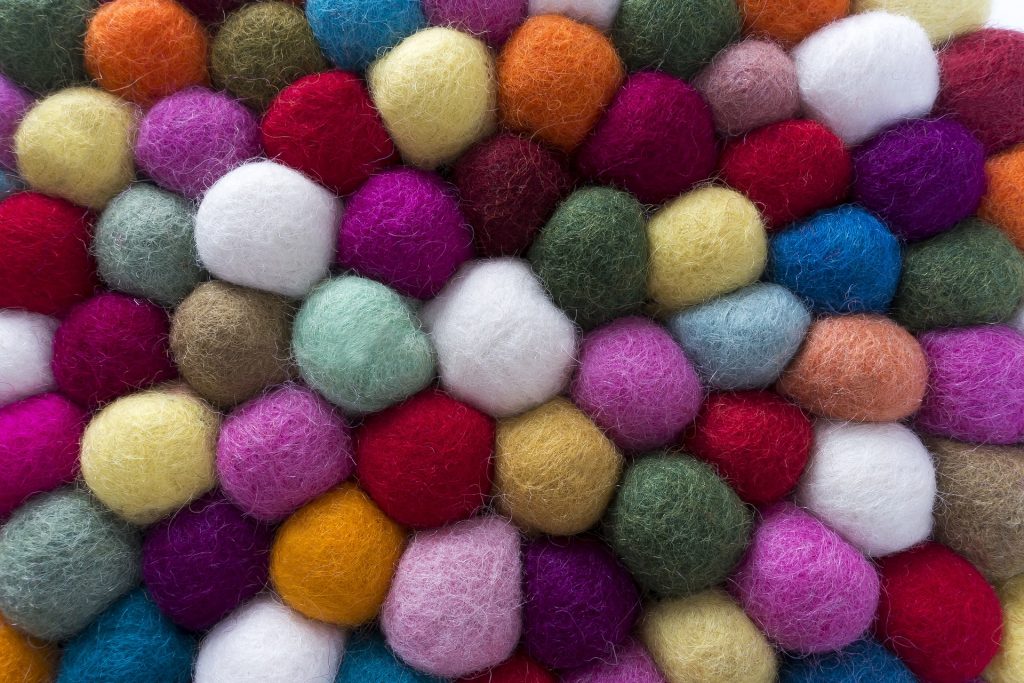
Photo by Umberto on Unsplash under creative commons CC BY-NC-ND
Where to begin?
I think many of us have had the experience of Googling for an image and just pulling it onto a desktop for use. Grab and go! I have done it. But I have felt weird about it. I have wondered about the most effective and ethical way to go forward with using other people’s images, or any other material, for that matter. This connects to teaching in that teachers are constantly shifting between creating content for teaching and using materials created by others, with varying degrees of adaptation.
The Age of Accountability
I have read that we are entering the “age of accountability” and I think it’s great. People who have abused power, people who have caused harm, and people who have avoided responsibility for their actions, are being held accountable. I would like to carry this spirit into being thoughtful about copyright, and respecting origin and authorship.
The main takeaway from our class today is to pay attention and to err on the side of being extra clear about origin and license.
For example, indicating that a material came from place X, created by person X, and falls under copyright license X.
I have tried to do this with the image above, though it comes from Unsplash and I understand that attribution is not required. Even as it is, I think I could probably improve the attribution by adding hyperlinks.
Open Education Sources
A few resources with open education materials were presented in class:
One key benefit is that we can use and adapt these materials without much worry about misstepping in terms of copyright.
Reality check
A classmate brought in a reality check that is on all of our minds, I suspect: With limited time to prepare for courses, how likely are we to spend hours hunting through these websites in search of a useable lesson plan? Hmm. I would like to talk to teachers in practice and ask them questions about resources: Where did they get their current resources? Where do they usually go for something new? Is there anything they are lacking, or have trouble finding? Maybe this is a cool inquiry project in itself – which are the most generative technology resources teachers use for their curriculum? I imagine it would vary by subject. Interesting stuff!



Recent Comments